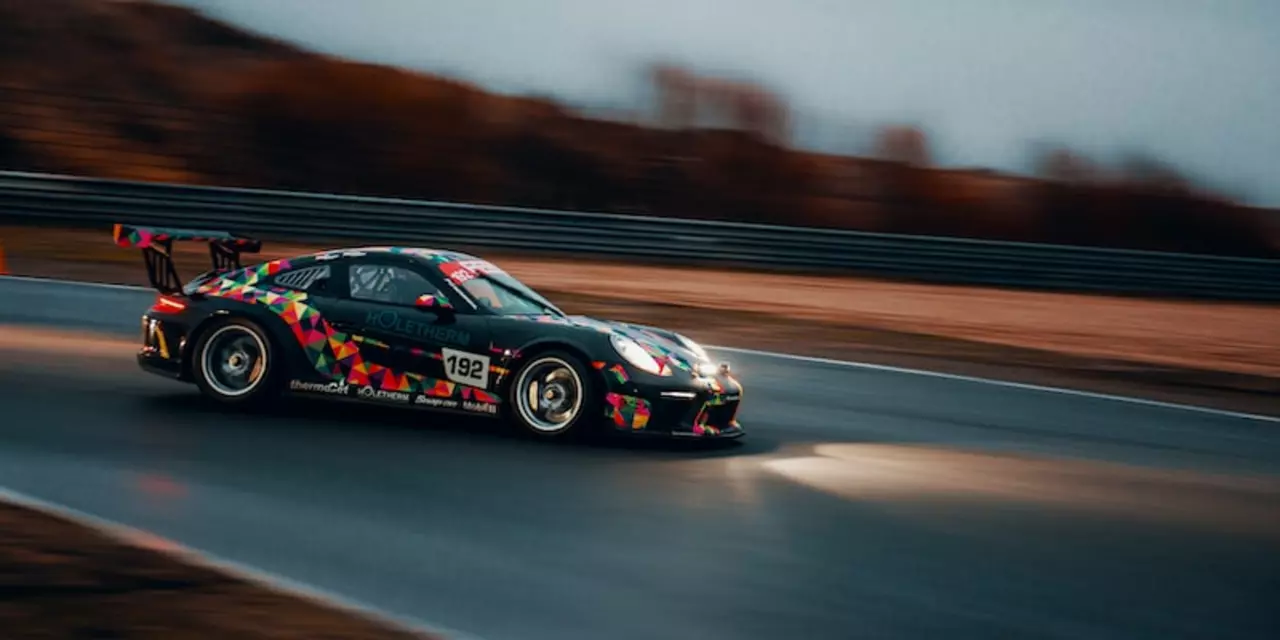Motorsport: Your Guide to Racing, Engineering and Speed
Welcome to the hub where speed meets science. Whether you’re a fan who lives for the roar of an engine or an engineer curious about the tech behind the track, you’re in the right place. Here we break down the core ideas that make motorsport so addictive and how you can get more out of every lap.
What Racing Is Really About
Racing isn’t just about pressing the gas pedal. It’s a blend of quick decisions, sharp focus, and a solid game plan. Drivers need to read the track, react to weather changes, and anticipate other cars—all while staying calm under pressure. That mental battle is as fierce as the physical effort of handling a high‑performance machine.
Our recent post, “What is racing really about?”, dives deep into this mix. It points out that understanding a car’s limits and the track’s quirks can be the difference between a podium finish and a mid‑pack finish. So, next time you watch a race, notice how drivers talk to their cars and adjust their lines on the fly.
Why Engineering Drives Motorsport
The engineering side of motorsport is where the magic happens. Every aerodynamic tweak, suspension setting, and power‑unit upgrade is designed to shave milliseconds off lap times. Engineers use data from sensors to fine‑tune the car, turning raw numbers into real‑world speed.
When you hear terms like “downforce” or “hybrid boost”, think of them as tools that let a car stick to the track and accelerate faster. The best teams blend creativity with data, constantly testing new ideas in wind tunnels and on the track. That relentless push for improvement is what keeps the sport fresh.
For anyone interested in getting their hands dirty, start by studying basic vehicle dynamics—how weight transfers, how tire grip works, and how aerodynamics shape performance. Even a simple experiment, like adjusting a front wing on a model car, can illustrate big concepts.
Back on the track, the competition isn’t just between drivers; it’s also a race between engineering teams. When one team cracks a new solution, others scramble to match or beat it. That constant arms race fuels innovation that eventually spills over into road cars, making everyday driving safer and more efficient.
So, whether you’re planning to join a local karting league or dreaming of a career in race‑car design, remember that success comes from blending skill, strategy, and technology. Focus on sharpening your decision‑making, learn the basics of vehicle physics, and stay curious about the latest engineering breakthroughs.
Got a question about a specific race technique or a tech trend? Drop a comment, join the conversation, and keep the momentum going. Motorsport is as much about community as it is about speed, and every insight you share helps the whole crew move forward.
